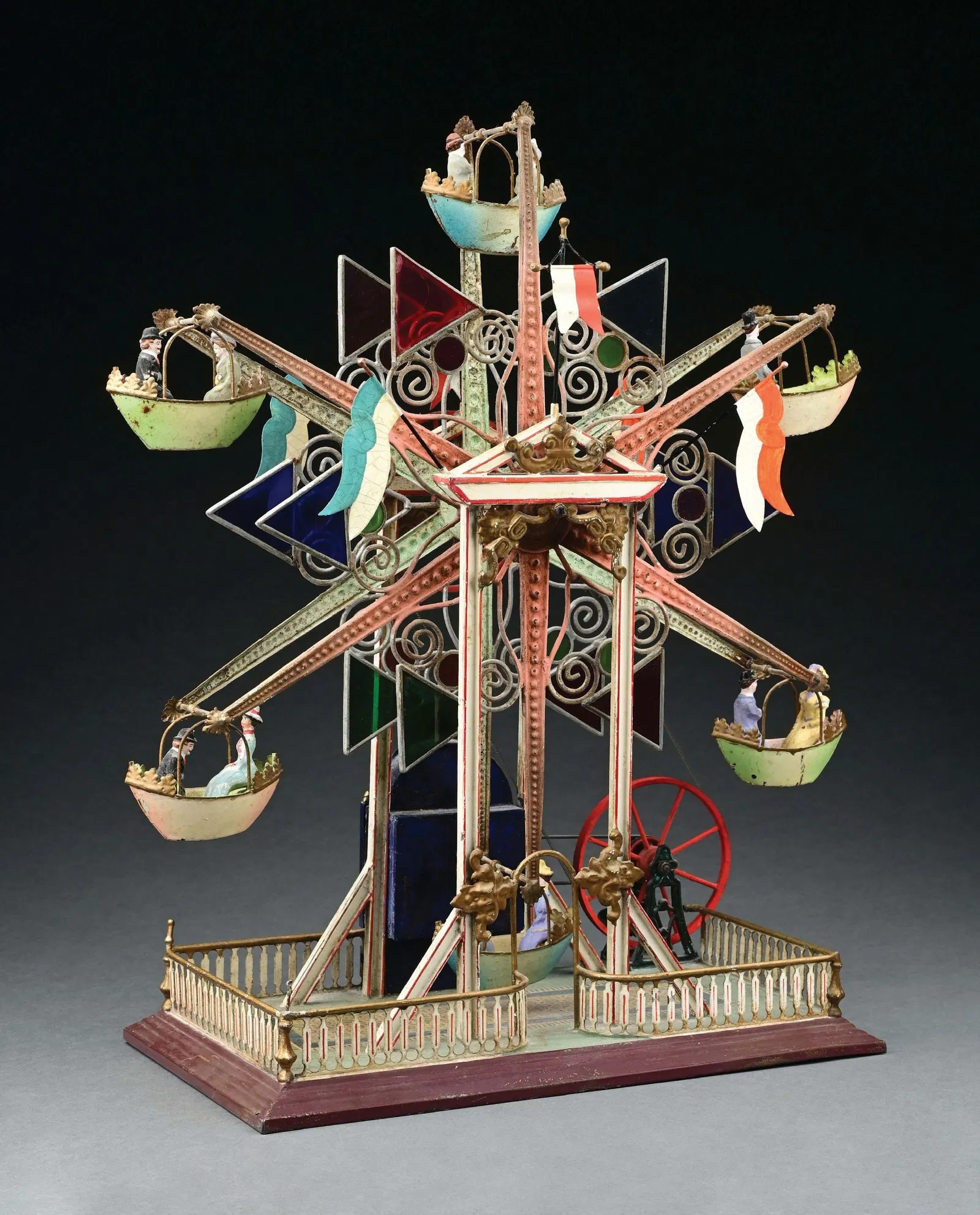The Longest Bidding War of 2020

After 75 minutes and over 100 bids, a handscroll by Ren Renfa, a prominent artist during the Yuan dynasty, finally sold in Hong Kong. The scroll, Five Drunken Princes Returning on Horseback, was on offer as part of Sotheby’s Fine Classical Chinese Paintings sale on October 8th. It inspired the longest bidding war of 2020 and recent auction history.
100+ bids were more than enough for the Ren Renfa scroll to beat its pre-sale estimate of HKD 80 million to $120 million or USD 10.3 million to $15.5 million. It eventually crossed the auction block for HKD 306.6 million or USD 39.6 million, more than double the high estimate. Ridley Cheung of Sotheby’s tells Auction Daily that the bids were split between collectors there in person and those over the phone. Notably absent from the year’s longest bidding war were online bids, which defined most of the year’s major sales.
While the 75-minute back-and-forth was largely unprecedented, the lot’s popularity did not come as a surprise to category experts. Only 21 works by Ren Renfa are known to exist, most of which belong to museums. This particular piece spent centuries in the collections of Chinese aristocrats and was once stored in China’s Palace of Heavenly Purity.
“I knew that bringing this masterpiece to auction was set to be one of the most exciting moments of my career at Sotheby’s,” said Steven Zuo of Sotheby’s Asia after the sale. “Its rapturous reception at our pre-sale exhibition was a harbinger for the flurry of bids we received today.”

When the dust settled, the new owner of Ren’s Five Drunken Princes Returning on Horseback was the Long Museum in Shanghai. The museum’s founder, art collector Liu Yiqian, previously tried to acquire the scroll in Beijing four years ago.
Liu is no stranger to marquee sales. Outlets such as The New Yorker have noted the collector’s often controversial behavior at other major events. For example, in 2014, he acquired a Qing-dynasty cup once owned by Emperor Qianlong at auction for USD 36 million. Not one to remain anonymous, he posed drinking out of the cup shortly after the sale, angering some in the industry.

Even by Liu’s standards, Five Drunken Princes Returning on Horseback was a major acquisition. Selling at nearly USD 40 million, it not only caused 2020’s longest bidding war but was also among the year’s top-selling lots worldwide.
The scroll pays homage to Li Longji, the eventual emperor of the Tang Dynasty. Li Longji was known to host his brothers for nights of drinking and poetry reading. Ren’s scroll depicts Li Longji, his brothers, and their servants riding their horses after one such night. The future emperor fares the best of the brothers, maintaining control of his black horse. Meanwhile, others struggle to keep their heads up, and some have to stop from sickness.

Of particular note in Ren’s work is the detail paid to horses. Much of the artist’s time was spent poring over the depictions of horses in Tang and Song dynasty paintings. In his own work, Ren chose to preserve the earlier Tang dynasty style. He believed Han Gan, an artist who lived 500 years before Ren, was the last great horse painter.
Previous owners of Five Drunken Princes Returning on Horseback include artist Liang Qingbiao and connoisseur-collector Geng Zhaozhong, both during the 17th century. Eventually, the Qing government acquired the scroll, calling it an imperial treasure. The scroll would remain in government hands until the fall of the dynasty. Puyi, the last Emperor of China, gave it away as a reward in 1922, shortly before losing his title and leaving the Forbidden City.
Want to learn more about record-breaking lots? Auction Daily recently looked at the most expensive books ever sold at auction.










